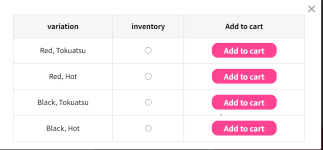says
Shoo...nothing to see here. - zeio
More examples.Till now, you still treat vectors as scalars and keep talking about speed being maximized meaning acceleration is no longer possible (which is only true if your focus is in one dimension).
2/2021
2/2020
I still remember in the very first class of physics I learned "vector = magnitude + direction", and I honestly couldn't wrap my head around the oddball concept for a few months, until I looked at the old-school clock on the wall. The second hand, while spinning clockwise at a constant velocity, is in fact accelerating because its direction is constantly changing, pointing north at 12, east at 3, south at 6, and west at 9. It clicked right there and I thought isn't that the same as when I first learned the stroke of counterhit by shadow swinging slowly at a constant velocity.











